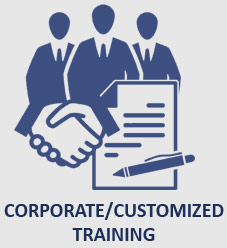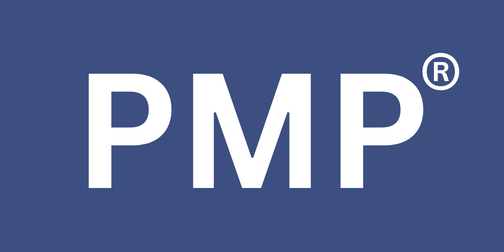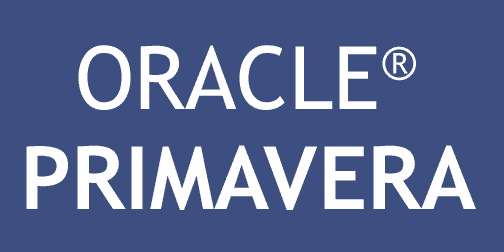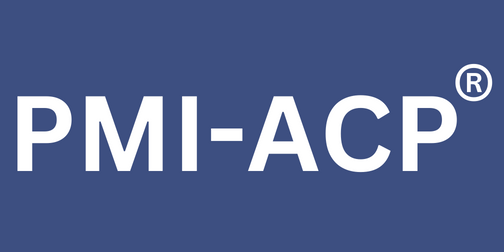
Building a Risk Management Plan
Posted On June 14, 2024 - 16:33 PM
Constructing a Stronghold: Your Manual for Formulating an Unwavering Risk Control Strategy
It's a fact that surprises abound in both life and business. While some are enjoyable, some are not. An effective risk management plan enables you to foresee unpleasant surprises and create contingency plans for them.
Consider it as fortifying your endeavour or establishment. A solid risk management strategy finds possible risks, evaluates their implications, and gives you a game plan to reduce losses.
Here's how to create your very own risk management stronghold:
1. Describe the scope: ally or adversary?
Set the boundaries of the plan before you start your risk-identification journey. Are you concentrating on a particular project or the general well-being of your company? Understanding the scope enables you to recognize pertinent dangers.
2. Recognize the Intruders: Outlining Possible Dangers
Use your imagination! As a group, discuss all the possible things that could go wrong. Is there a possibility of a major supplier failing? How about if a crucial system fails? Make a list of everything, even the most improbable things.
3. Evaluate the Danger Level: How Terrifying are These Creatures?
Let's now order these dangers by importance. Examine the chances of each risk materializing as well as any possible consequences. Here's a tip: classify risks according to probability and severity by using a risk assessment matrix. This aids in concentrating on the most serious dangers first.
4. Gather Your Strengths: Formulating a Reaction Strategy
Make a plan of action for every risk that has been identified. This is how you will fight! These are a few typical danger reactions:
-
Avoid: Is there a way to totally avoid the danger by altering your strategy?
-
Mitigate: Lessen the impact of the risk by adopting preventive actions.
-
Transfer: Is there another person (insurance, for example) who can take on this risk?
-
Accept: There are situations when danger cannot be avoided. Create a strategy to deal with the fallout if it happens.
5. Assign the Champions: What Roles Are Allowed?
Assign a risk owner to every danger. This individual has responsibility for keeping an eye on the danger and carrying out the reaction plan when necessary.
6. Are You Happy to Trigger? Install Early Warning Systems
Describe the obvious cues or warning indications that point to a potential danger. This enables you to act quickly and maybe avert a serious situation.
7. Make Plans for the Unexpected: Creating Backups
The best-laid plans might sometimes go wrong. Create backup strategies in case of high-impact incidents. These serve as your fallback defences if your primary ones are breached.
8. Unwavering Vigilance: Watch and Adjust
Risk control is a continuous endeavour. Keep a close eye on the risks you've identified, determine whether any new ones have surfaced, and adjust your plan as necessary.
Building a risk management plan requires general characteristics:
The "optimal" risk management strategy is situation-specific, hence there isn't one "best" strategy. A good plan should be tailored to your requirements. Nonetheless, a robust risk management plan possesses certain universal attributes:
-
Adaptability: The strategy should be adaptable and able to be updated when circumstances alter or new threats surface.
-
Clarity: All parties involved should be able to easily comprehend the plan. Steer clear of excessively technical jargon and speak clearly.
-
Comprehensiveness: A wide range of potential risks, not just the most apparent ones, should be identified by the strategy.
-
Ownership: Give each risk and response strategy a distinct owner. Accountability is guaranteed in this way. Effective communication of the plan is crucial for all pertinent parties.
Here are some other things to think about when creating your plan:
The magnitude and intricacy of your undertaking or establishment. A more thorough risk management strategy will probably be needed for a bigger, more complicated project.
Your capacity for danger. To what extent are you willing to take a risk? This will affect how you respond to risks.
industry standards. There may be particular risk management needs for certain sectors.
Importance of a risk management plan in 2024
- Enhanced Uncertainty: There are a multitude of intricately linked problems affecting the globe today. Climate change, cyber threats, and geopolitical conflicts all have a high potential for disruptive events. You may recognize and get ready for these uncertainties with the use of a risk management plan.
- Emphasis on Resilience: In 2024, the idea of "business resilience" will receive a lot of attention. Organizations must possess the flexibility and resilience to recover from unforeseen circumstances. You can minimize harm and be proactive with the help of a solid risk management plan.
- Threats Are Always Changing: As technology advances, new danger zones are created. Data breaches are a continuous worry, and cyberattacks are getting increasingly complex. Regularly reviewing and updating your risk management strategy can help you stay ahead of these changing dangers.
- Heightened Regulatory Environment: Risk management is receiving more attention from regulatory bodies. Having a written plan can assist you in avoiding regulatory scrutiny and shows your dedication to proactive risk avoidance.
More advantages of having a risk management plan in 2024:
-
Better decision-making: You may decide on initiatives and strategies with greater knowledge if you methodically analyze potential risks.
-
Improved communication: A risk management strategy encourages candid discussions about possible difficulties inside your company.
-
Cost savings: By averting expensive disruptions and setbacks, proactive risk reduction can help you save money over time.
-
Competitive advantage: In the current unstable market, showcasing a strong commitment to risk management might provide you with an advantage.
Conclusion
The only constant in the dynamic world of today is uncertainty. You're practically creating a barrier for your project or company by taking the effort to create a risk management plan. This proactive approach gives you the ability to recognize possible hazards, create response plans, and confidently handle obstacles. Recall that a well-maintained risk management strategy is not a static document, but rather a continuous dialogue. Make sure your plan is up to date and relevant by reviewing and updating it on a regular basis. Organize your future by constructing your risk management stronghold right now!
Check out this blog : Gantt Charts vs. PERT Charts


















